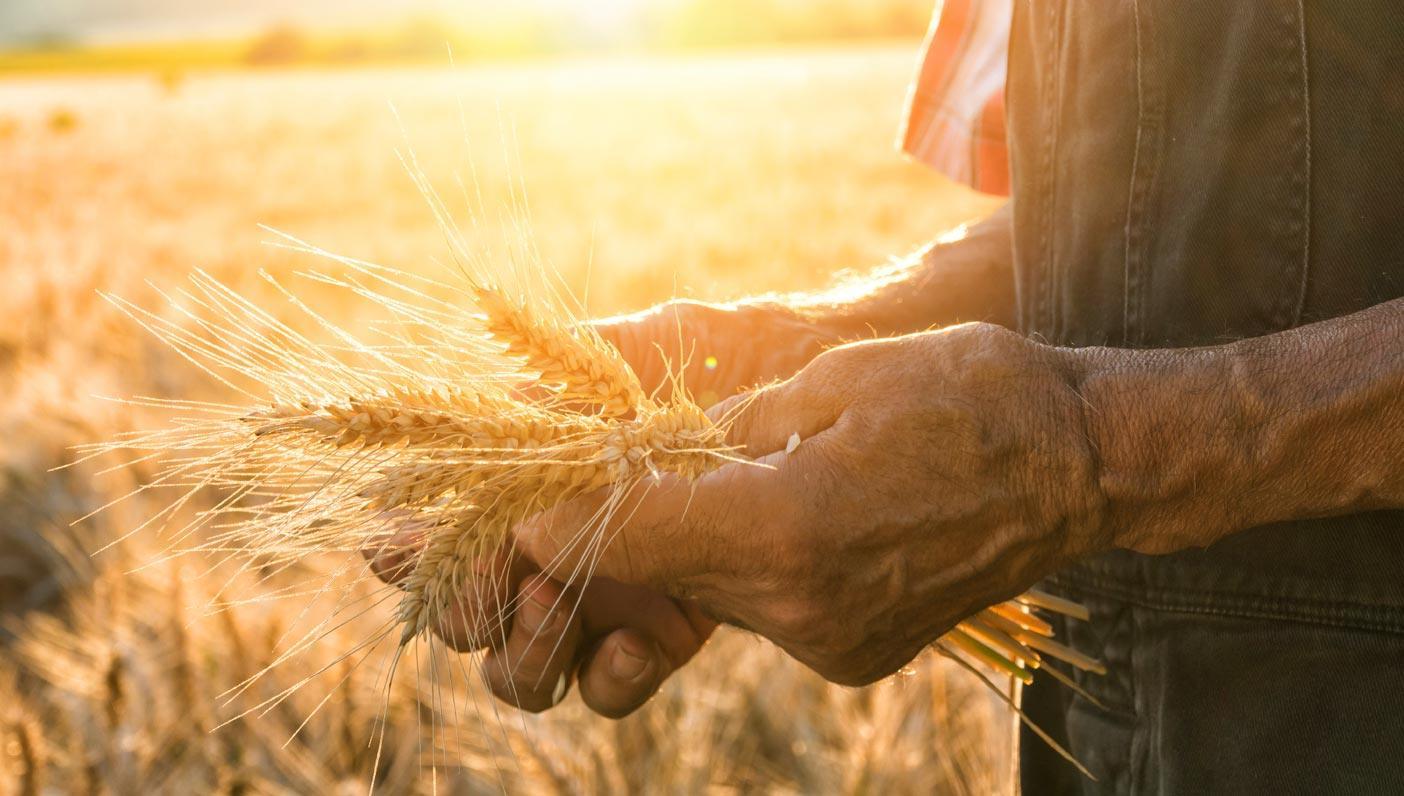
During one of the Democratic Presidential Debate, each candidate was asked what he or she thought was the biggest threat to U.S. national security. One of the candidates, Bernie Sanders, offered a singular response: Climate change. His answer shocked many, as would assume his answer would be tied to the threat of global terrorism. Much of the American public called Mr. Sanders aloof, daffy, and even unfit for being the next president of the United States of America. But does Mr. Sanders have a valid point?
According to the Economist, 32,700 people were killed in terrorist attacks worldwide last year. This is a significant, and tragic, number, but how does this figure compare to the number of yearly deaths due to natural disasters?
The World Health Organization (WHO) has some numbers: “Globally, the number of reported weather-related natural disasters has more than tripled since the 1960s. Every year, these disasters result in over 60,000 deaths, mainly in developing countries.”
The rate of natural disasters and expected deaths due to climate change is only expected to go up on a yearly basis. According to the WHO, “Between 2030 and 2050, climate change is expected to cause approximately 250,000 additional deaths per year, from malnutrition, malaria, diarrhea and heat stress.”
Climate change will also bring a significant set of new stressors on the global food supply. The Intergovernmental Panel on Climate Change completed a report in 2014 on the effects of climate change and the global food supply. The Guardian explained the results of this report:
The rate of increase in crop yields is slowing – especially in wheat – raising doubts as to whether food production will keep up with the demand of a growing population. Changes in temperature and rainfall patterns could lead to food price rises of between 3% and 84% by 2050.
A significant increase in the global price of food could render millions of people homeless and severely impact our already limited resources.
Besides the potential impact of climate change on our food costs, increasing global temperatures are also causing severe flooding, which could wipe away huge chunks of our food supply. In 2009, the World Summit on Food stated, “Over the next 100 years, accelerated warming and expansion of water in the oceans, and increased melting rates of low-lying glaciers and ice caps are expected to increase sea levels by a meter or more.” This will have major consequences for low-lying farmland across the world.
Furthermore, the 2009 edition of the World Food Summit report makes a stark point by defining that, “A one meter sea level rise would affect half the rice land of Bangladesh. A two meter rise would inundate much of the Mekong Delta which produces half the rice in Vietnam, the world’s second most important rice exporter.”
Rice is the staple food for more than 1.6 billion of the world’s population and the effects of limited rice production could be disastrous.
Fortunately there are things that we can do to ensure that food remains available. An innovative grocery store called Daily Table is selling surplus goods from farmers, farmers markets, manufacturers, and distributors to provide cost-effective health foods to people who otherwise struggle to afford them. Foods like seaweed are not only sustainable, but they also help to remove phosphates, nitrogen, and carbon dioxide from our oceans.
We can also become more conscious consumers by supporting Fair Trade companies which promote sustainability and environmental stewardship. There are dozens of actions that we can take to help reverse climate change and keep our global food supply safe, the key is to take action as there is a lot of magic in just beginning.
—
Michael Forman is a native of Bronx, New York, and has lived in New York City for almost his entire life. He is the executive farm director of Pure Love Organic Farms, an organic, urban farm that he and three other friends created in 2012 from a former garbage dump site. Michael also works as the North American account manager for Totally Green in the sustainable technologies field.